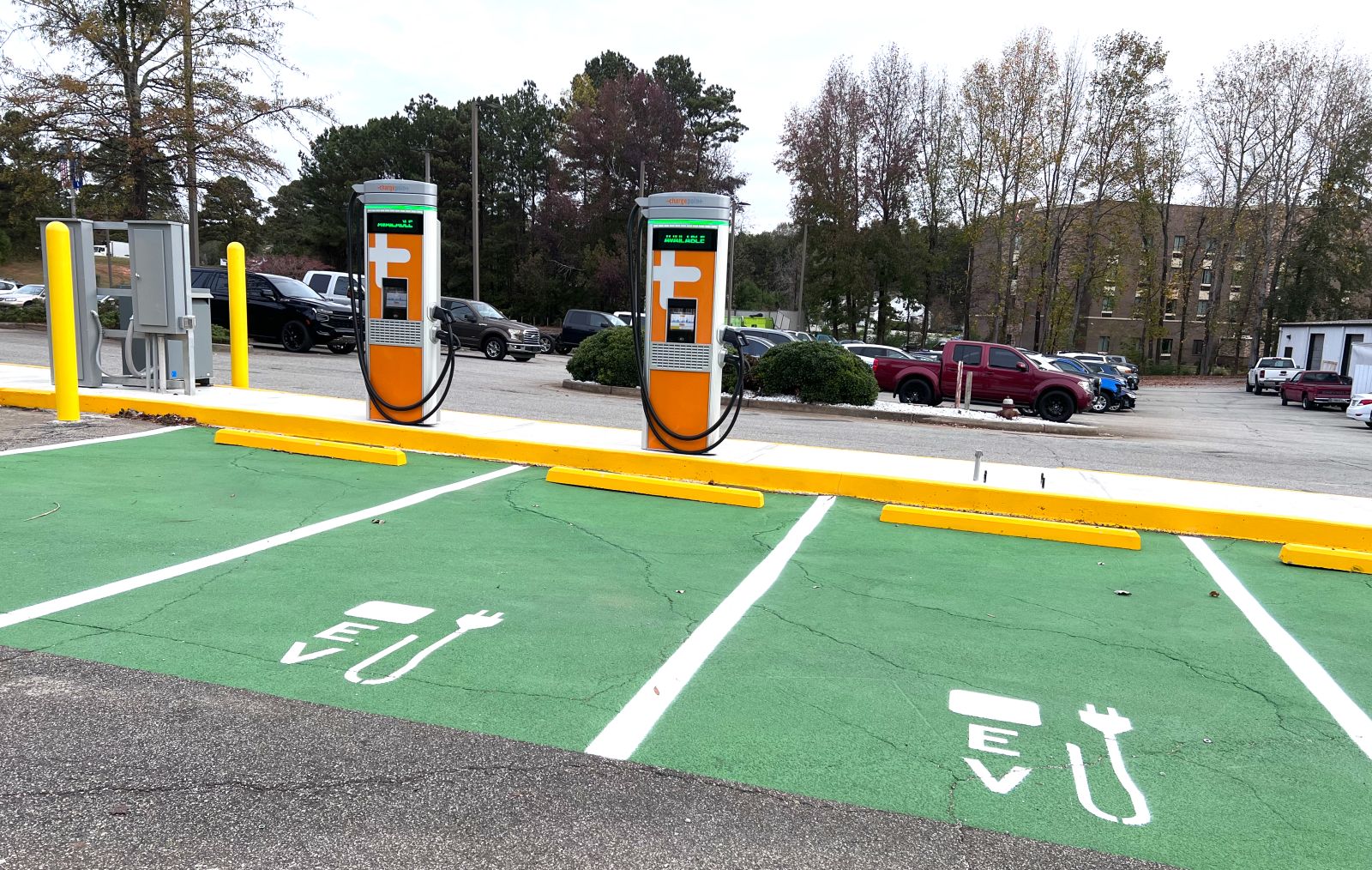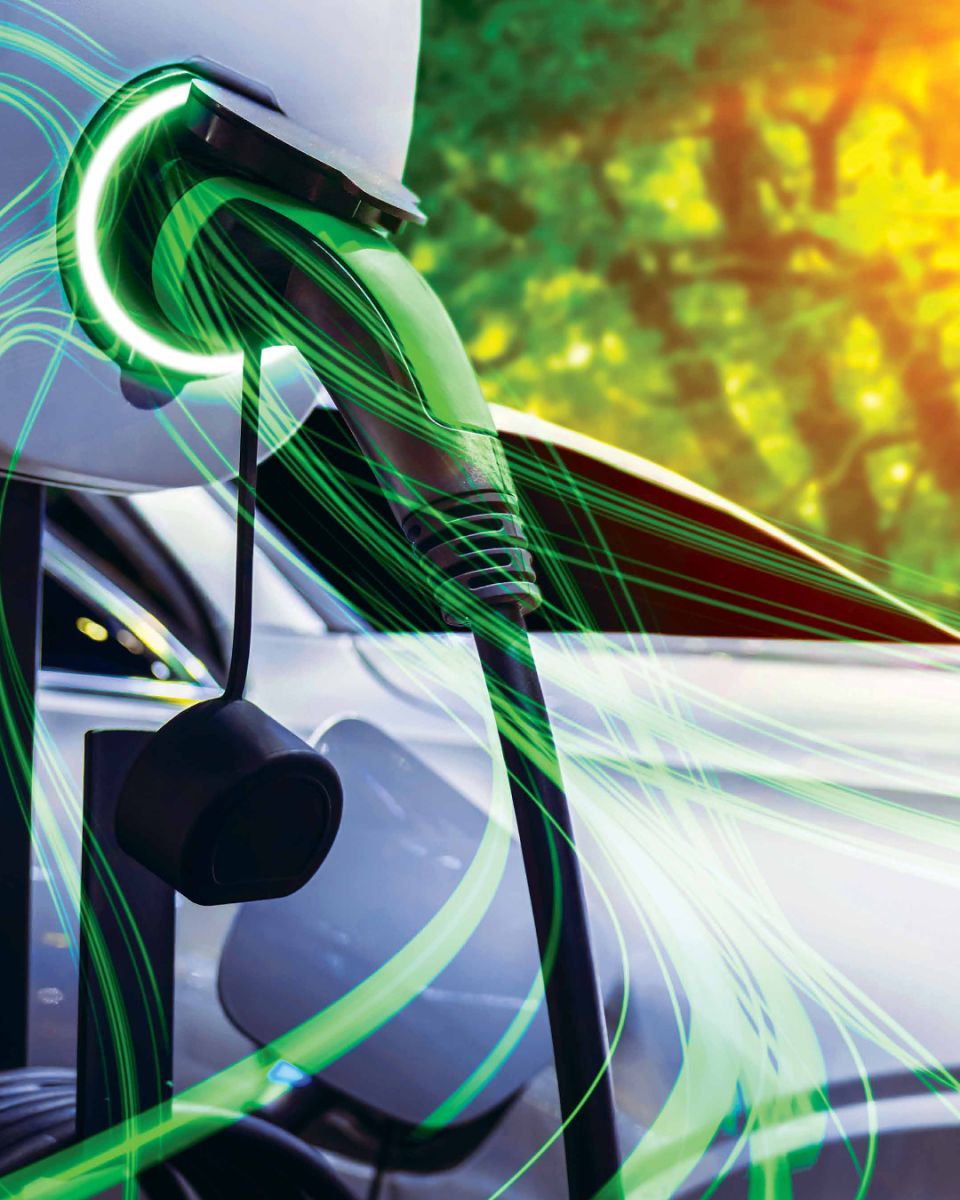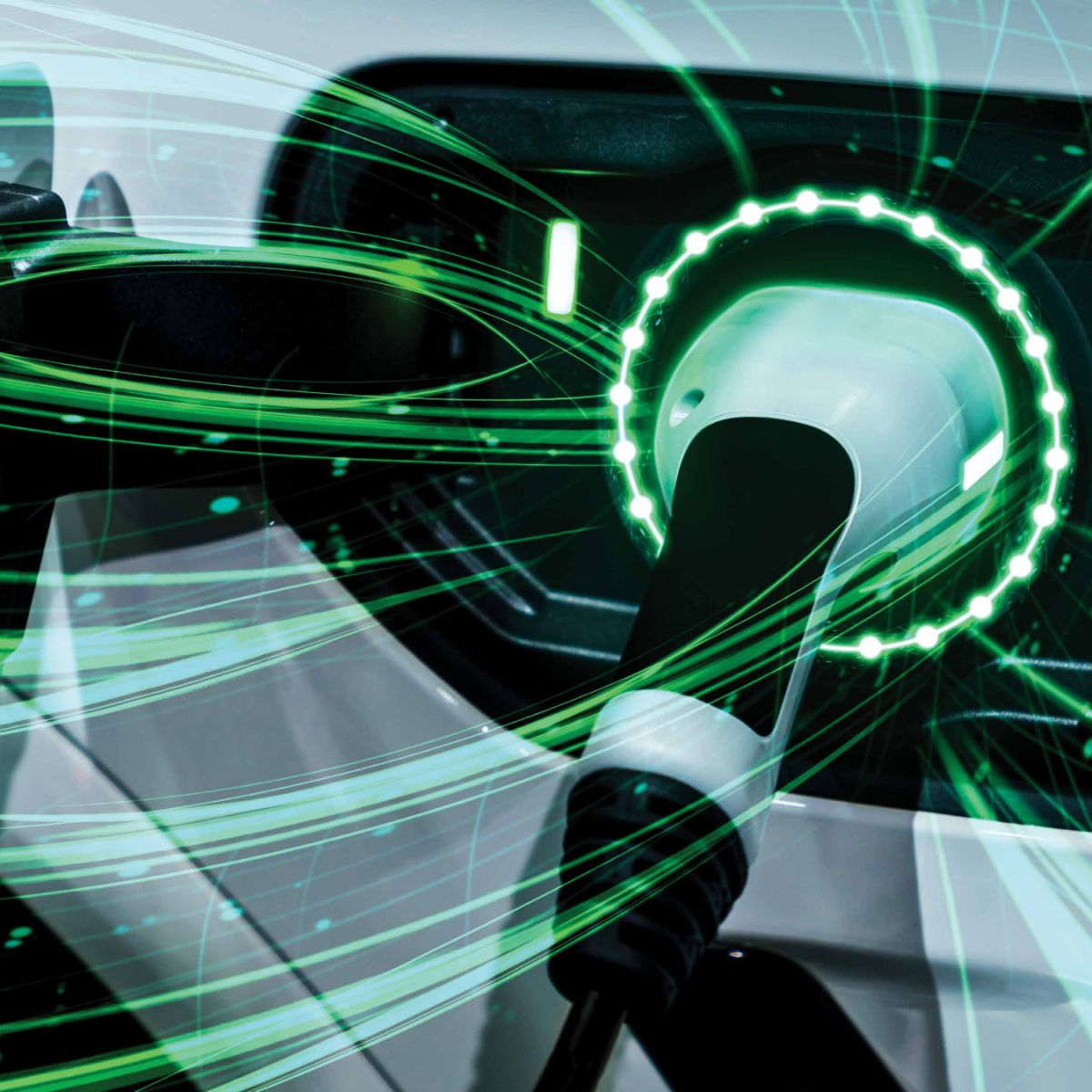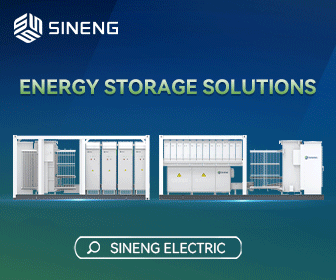A Beginner’s Guide to EV Charging
According to a recent study, over half of consumers looking to buy a car in the next year plan to purchase some form of an electric vehicle (EV). To keep pace with rising EV adoption, charging infrastructure must rapidly expand. Businesses are taking note; they see this rapid adoption of EVs - and the subsequent charging needs - as an opportunity to attract new customers while promoting sustainability.
Few companies, however, have the necessary expertise. By following the steps below, companies can gain an overview of the process. Some will attempt the entire project in-house, others will outsource one or two steps, and others will turn to third parties able to handle the whole process.

10 steps to implementing commercial EV charging
- Look for federal, state, and local incentives
Federal, state, and local governments are championing EV charging by providing significant incentives. These include the Federal EV Charger Tax Credit (which offers a credit equal to 30 percent of the project cost for business), state rebates such as Maryland’s ESVE Rebate (which offers up to $4,000 per charger, while funds last), and even rebates from individual utility companies. Best of all, companies can reap the benefits by applying for rebates at all three of these levels concurrently.
There can even be a net negative cost to implement EV charging, after government incentives are factored in. Therefore, it’s essential to look for all available opportunities. Navigating this process can be complicated; many companies will partner with EV charging consultants from the beginning of their adoption journey to ensure they’re maximizing available savings.
Timing is crucial. Those aiming to implement EV charging in Q4 of 2022 want to ensure they do so before any funds expire at the end of the year. Those whose timelines extend into 2023 should start as soon as possible in the New Year to get funding before the money runs out.
- Set a budget
Any successful business venture requires a budget. EV charging is no exception. To streamline the process, bring all relevant stakeholders to the table early on. Implementation will require cooperation between the C-Suite and operational personnel, the latter of whom may be more aware of easily overlooked costs. Budget planning is another place where outside experts can help.
 Calculate the number of chargers needed
Calculate the number of chargers needed
All signs point to EVs continuing to rise in popularity. When calculating the number of chargers needed, it’s best to think of both current and future needs. Many businesses today are converting 5-10 percent of parking spaces to EV charging spaces. Other companies want to take advantage of incentives while they’re available, and are converting even more spaces.
One key factor in calculating the number of chargers needed is whether or not the chargers will be available to the public, or only to employees, residents, or patrons. Some businesses go for a mix of the two, making some chargers private and others public. If companies choose to make chargers publicly available, it’s vital to have enough chargers for patrons as well. Failing to do so can turn EV charging from an attractive amenity to a frustration, as demand increases.
- To monetize or not to monetize?
One of the most critical questions businesses need to ask is whether to position EV charging as an amenity or a direct income source. As an amenity, companies can use EV chargers to attract new employees, residents, or customers. For instance, a mall might install level 2 chargers as an amenity. These chargers provide, on average, 40-65 miles of range per hour. At this speed, EV drivers are more likely to shop while their car charges.
Other businesses view EV chargers as ROI generators, and will charge customers to use them. This is especially common with DC Fast Chargers, which will recharge most EVs to 80 percent in only 30 minutes. In essence, these are the gas stations of the future.
- Select a manufacturer
A company’s budget and its choice to monetize will have a direct impact on which manufacturer will be best for them. Some EV charger manufacturers specialize in monetized chargers, while others are better suited for chargers that function as amenities.
In many cases, manufacturers cannot keep up with their high volume of inbound sales requests, and turn to third-party resellers to help manage leads. Businesses partnering with EV charging consultants for other steps can also benefit from their services here. In this case, choosing a consultant with reseller agreements with various leading manufacturers will provide more options when it’s time to purchase.
 Assess power infrastructure
Assess power infrastructure
Most existing facilities were not made with EV charging in mind. Because of this, power infrastructure upgrades may be necessary. Companies can hire electricians to perform this assessment; an EV charging consultant might also offer this service. Assessing the power infrastructure will determine whether or not the current power grid can handle the increased load.
- Gain regulatory approval
It used to be that just about anyone could install EV chargers without oversight. Now, however, there are major regulatory requirements. First, companies need to apply for permits with the relevant local government agency. Then, they must obtain engineering drawings for the chargers. Finally, depending on the size of the facility, companies may need to go through a planning study with a parking planner to confirm the traffic pattern.
- Receive a quote
Having gone through the necessary steps, an EV charging consultant will have enough information to provide a full quote for the project. End-to-end consultants with experience in sales, installation, and maintenance should be able to do all of the above in about a week. Completing this entire process in-house could, however, take much longer.
- Install
In most cases, the installation will require working with electrical contractors. However, some EV consultants can also provide installation support, serving as general contractors. This offers further peace of mind, knowing that those installing the chargers have extensive experience with the unique challenges of EV charger installation - a skill in short supply.
- Monitor uptime
Once EV chargers have been installed, all that is left is monitoring them for maintenance. Most chargers require IT connectivity, which is the most common reason for downtime. When chargers go down, companies have three options: contact the manufacturer; try to solve it in-house; or (if they’ve used a third-party consultant) the consultants can proactively monitor up-time and remedy the issues remotely. If necessary, they can dispatch repair teams to fix any problems.
Driving a greener future
Sustainability has gone from a corporate buzzword to a consumer demand. Now businesses can meet their sustainability goals and increase customer satisfaction by installing EV chargers. Fifty percent of all drivers want EV chargers where they eat, sleep, work, play, and shop. That number will only go up. Currently, governments are incentivizing EV charging for early adopters, but such funding may not always be available. If your business is considering EV charging, the time to act is now.
 Rich McNulty is the CEO of Blue Whale EV, an advisory and service organization to the EV charging community. He and his company help commercial and government clients through the entire EV charging adoption journey - from education, to sales, installation, and ongoing maintenance. Rich comes to the EV charging industry after more than 30 years in the electrical contracting industry. In 2017, he founded Critical Peake Services, a licensed Commercial Electrical Contractor, and has served as its CEO since 2017.
Rich McNulty is the CEO of Blue Whale EV, an advisory and service organization to the EV charging community. He and his company help commercial and government clients through the entire EV charging adoption journey - from education, to sales, installation, and ongoing maintenance. Rich comes to the EV charging industry after more than 30 years in the electrical contracting industry. In 2017, he founded Critical Peake Services, a licensed Commercial Electrical Contractor, and has served as its CEO since 2017.
Blue Whale EV | www.bluewhaleev.com
Author: Rich McNulty
Volume: 2023 January/February









